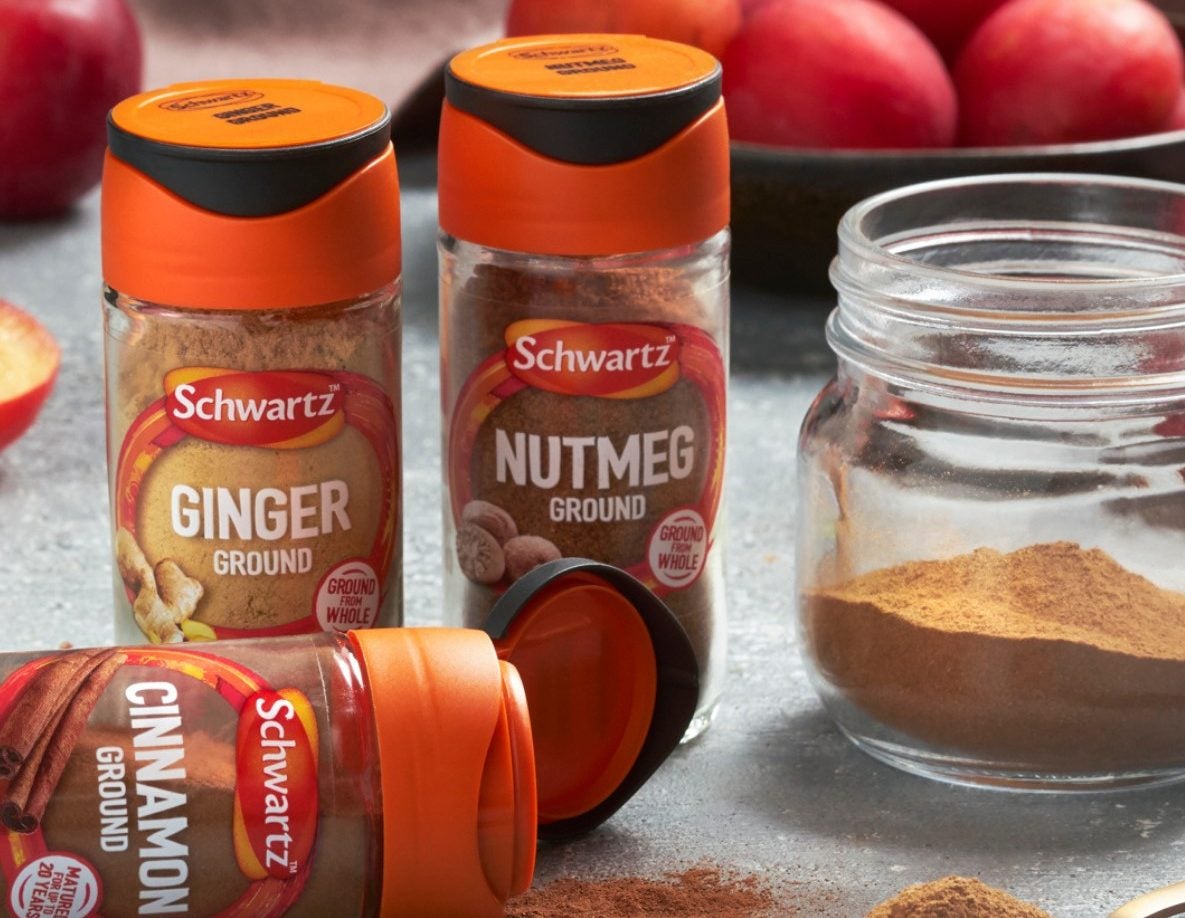
McCormick & Co. has pencilled in “mid-teens” input-cost inflation with further price increases in-store to offset elevated raw materials, packaging and freight.
The US-based spices, condiments and flavourings producer saw inflationary headwinds intensify from single-digit growth in the early part of 2021 to high-single-digits in the back half of the year. Cost pressures are now anticipated in the mid-teens for the Schwartz brand owner’s new financial year.
Pricing is expected to be a “significant driver” of growth, CFO Mike Smith said last week after McCormick reported sales were up 13% at US$3.9bn in the 12 months ended on 30 November. Last year’s price increases were reflected in the fourth-quarter results but the impact for a fresh round will not be felt until during the company’s second quarter, president and CEO Lawrence Kurzius added.
Kurzius was questioned by an analyst during a follow-up presentation on the potential impact of pricing on volumes, with the implication cost pressures in the mid-teens might be reflected in high single-digit pricing and a mid-single-digit hit on volumes.
“I think that you’ve got, at a high level, the shape right, but maybe too extreme on the end. I think that to characterise pricing, including the wrap from last year, to be more in the mid-to-high range and for the volume impact at a total company level to be more flattish to a low single-digit decline,” Kurzius responded.
He added: “We have modelled in elasticity, but not at the rates that we have seen historically. But I do think that we’re in new and uncharted territory versus all of the elasticity models, at least from the actions that we’ve taken so far. We assumed lower price elasticity and that’s what we seem to be experiencing. If anything, we may be seeing slightly even less elasticity than we’ve assumed.
“But we’re conscious that with more than one price increase coming in, in a relatively short timeframe, that there may be a cumulative effect. So we have modelled in price elasticity.”
Nevertheless, McCormick said it is seeing consumer demand above pre-pandemic levels and expects to reap a benefit even as purse strings are tightened in such an inflationary environment.
Kurzius explained: “In past times when there’s been a recessionary environment – and I don’t know that we’re expecting a recession in 2022 – but, even in times that were more economically tough, our products have done very well.
“Our products contribute pennies, a fraction of the cost of a meal, and are actually part of the consumers’ way to manage their total inflation basket. I mean, if meat is going up 40%, one way you can stretch your grocery dollar is to buy less expensive cuts and use more herbs and spices and our recipe with it. So actually, we tend to do pretty well both in good and bad economic times.”
The CEO also said a switch to private label has not been evident as would typically be expected, echoing an observation made by other food manufacturers during the pandemic where branded products have remained in demand.
“For the last couple of years, private label has actually underperformed in the category. You even heard in our remarks that, although our fourth quarter was strong, the private-label portion of it was actually not a contributor to that strength. We’re really not seeing consumers move to private label in our categories and, in fact, it’s really moved more to brands than to private label,” Kurzius said.
The CEO also expects the switch to eating-at-home seen during the pandemic to become a more permanent dynamic to some extent, at least in the US, even as people begin to return to the office and restrictions ease.
“We do expect that the shift in consumption to more cooking at home, and that consumer behaviour to stick to an extent. We’ve never said that all of it’s going to stay,” Kurzius said in response to another analyst question.
He continued: “But we do expect that a significant portion of that is going to stay and that this has been a step-up in our category. Consumers are still working from home and it looks like work-from-home is going to be a permanent part of the work environment. Our own proprietary research with consumers say that only a tiny fraction, I mean, less than 10%, expect to cook less at home than they do now. Most expect to cook more.
“And so based on what we see happening in society, what consumers are saying and what we are still experiencing from elevated demand says that demand is going to continue to be strong.”



